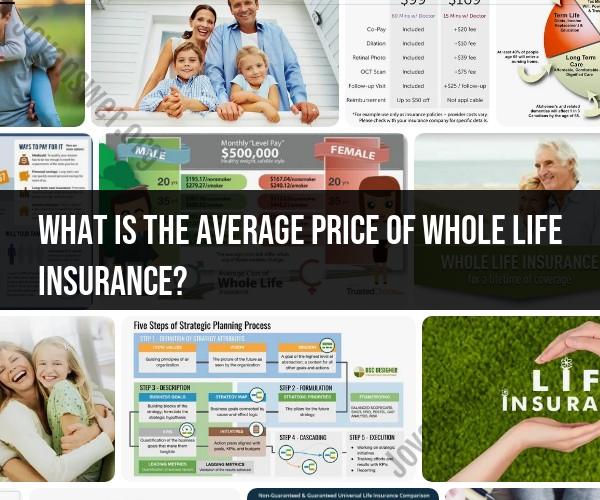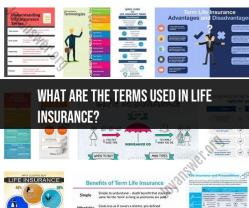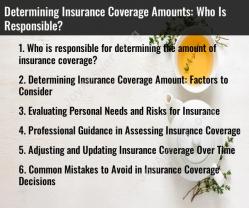What is the average price of whole life insurance?
The average price of whole life insurance can vary significantly depending on several factors, including the age, health, and gender of the policyholder, the amount of coverage, the insurance company, and the specific terms of the policy. Here are some general factors to consider when it comes to determining the cost of whole life insurance:
Age: Younger individuals typically pay lower premiums for whole life insurance. The cost tends to increase as you get older because the risk of mortality increases with age.
Health Status: Your health and medical history play a significant role in the cost of insurance. Those in good health can secure lower premiums. Insurance companies may require medical examinations and access to your health records to assess your health.
Gender: Historically, women have paid lower premiums for life insurance than men because they tend to have longer life expectancies. However, some insurance companies may offer unisex pricing.
Coverage Amount: The more coverage you need, the higher your premium will be. Whole life insurance policies with larger death benefits come with higher costs.
Cash Value and Dividends: Some whole life insurance policies offer a cash value component and potential dividends. These features can increase the cost of the policy but provide additional benefits.
Insurance Company: Different insurance companies have their underwriting standards and pricing models. It's essential to shop around and compare quotes from various insurers to find the best rate.
Riders and Additional Features: Adding riders or optional features to your whole life policy, such as long-term care or disability riders, can increase the cost.
Payment Structure: You can typically choose between paying premiums on an annual, semi-annual, quarterly, or monthly basis. Paying annually may be more cost-effective than paying more frequently.
Guaranteed vs. Non-Guaranteed Policies: Some whole life policies come with guaranteed premiums, while others may have premiums that can change over time. Guaranteed policies are typically more expensive.
It's important to note that whole life insurance is generally more expensive than term life insurance, which provides coverage for a specified term (e.g., 10, 20, or 30 years). Whole life insurance is more expensive because it offers lifelong coverage and includes a cash value component, which can be used for savings or investment.
To determine the average price of whole life insurance for your specific needs and circumstances, it's best to request quotes from multiple insurance companies or speak with an insurance agent or financial advisor who can provide a personalized assessment based on your individual situation. Keep in mind that the actual premium you'll pay may vary significantly from the average due to the factors mentioned above.
Factors Affecting the Average Price of Whole Life Insurance
Whole life insurance is a type of permanent life insurance that provides lifelong coverage and builds cash value over time. The average price of whole life insurance depends on a number of factors, including:
- Age: Younger people generally pay lower premiums for whole life insurance than older people. This is because younger people are less likely to die in the near future.
- Gender: Men generally pay higher premiums for whole life insurance than women. This is because men have a shorter life expectancy than women.
- Health: People with serious health conditions generally pay higher premiums for whole life insurance than people who are healthy. This is because they are more likely to die prematurely.
- Smoking status: Smokers generally pay higher premiums for whole life insurance than nonsmokers. This is because smoking increases the risk of death.
- Amount of coverage: The more coverage you purchase, the higher your premiums will be.
- Riders: Riders are additional features that can be added to a whole life insurance policy. Riders can increase the cost of your policy, but they can also provide valuable benefits, such as coverage for accidental death or disability.
Comparing Whole Life Insurance Costs: What to Expect
When comparing whole life insurance costs from different insurers, it is important to compare apples to apples. This means comparing policies with the same amount of coverage, the same riders, and the same policy term.
You can use a life insurance calculator to compare whole life insurance costs from different insurers. Life insurance calculators take into account all of the factors that affect the cost of whole life insurance, including your age, gender, health, smoking status, and the amount of coverage you want.
Whole Life Insurance Premiums: A Comprehensive Price Breakdown
Whole life insurance premiums are typically made up of two components:
- Death benefit premium: This premium goes towards paying the death benefit if you die while the policy is in force.
- Cash value premium: This premium goes towards building cash value in your policy.
The death benefit premium is typically the larger of the two premiums. The cash value premium is typically smaller, but it can add up over time, especially if you keep your policy for a long time.
Tips for Saving Money on Whole Life Insurance
Here are a few tips for saving money on whole life insurance:
- Shop around: Compare whole life insurance costs from different insurers before you buy a policy.
- Consider your needs: Don't buy more coverage than you need.
- Take advantage of discounts: Many insurers offer discounts for things like nonsmoking status, good health, and group coverage.
- Increase your deductible: Increasing your deductible can lower your premiums. However, it is important to make sure that you can afford to pay the deductible if you need to file a claim.
- Review your policy regularly: As your needs change, you may be able to adjust your policy to save money.
How Does Age Affect Whole Life Insurance Costs?
Age is one of the most important factors that affects the cost of whole life insurance. Younger people generally pay lower premiums than older people. This is because younger people are less likely to die in the near future.
The difference in premiums between younger people and older people can be significant. For example, a 30-year-old man in good health who is a nonsmoker can expect to pay around $500 per year for $500,000 of whole life insurance coverage. A 50-year-old man in good health who is a nonsmoker can expect to pay around $2,000 per year for the same amount of coverage.
Conclusion
The cost of whole life insurance varies depending on a number of factors, including age, gender, health, smoking status, the amount of coverage, and riders. You can save money on whole life insurance by shopping around, comparing costs, and taking advantage of discounts.













